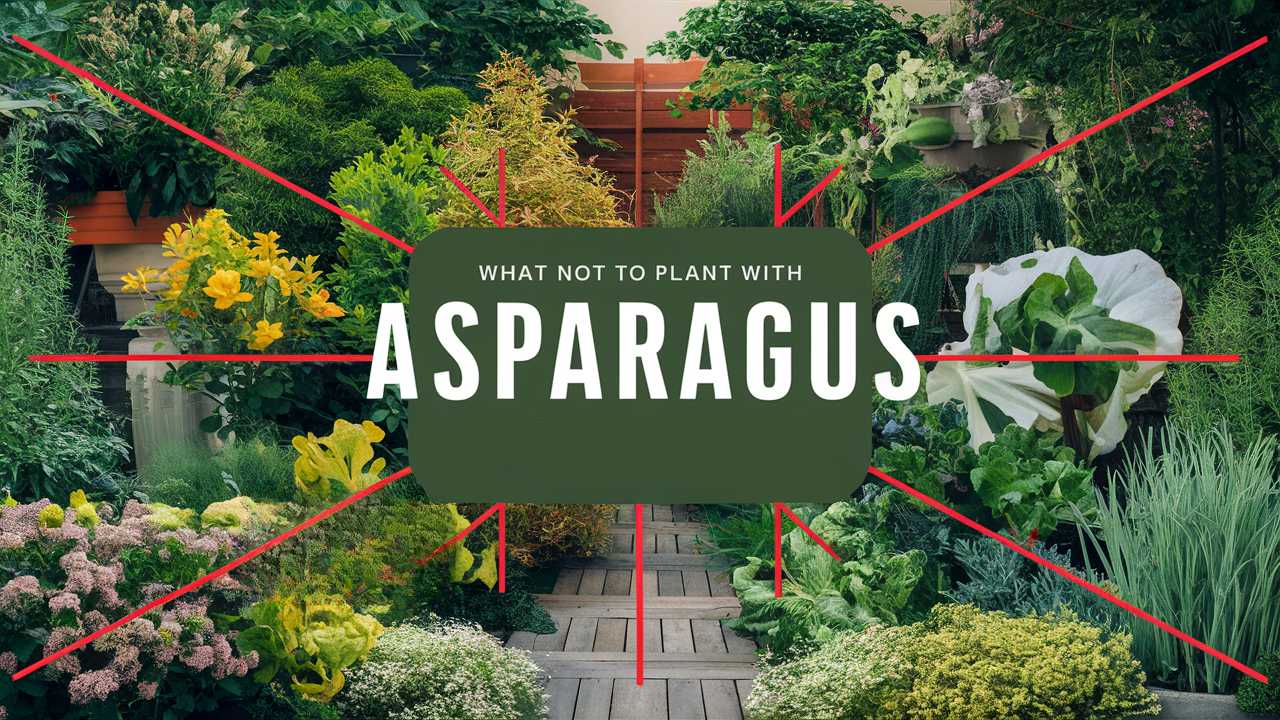Certain plants can negatively impact asparagus growth or lead to reduced yields. In this guide, we will explore what not to plant with asparagus, taking a closer look at various vegetables and herbs that can pose challenges to this delicious crop.
Potatoes
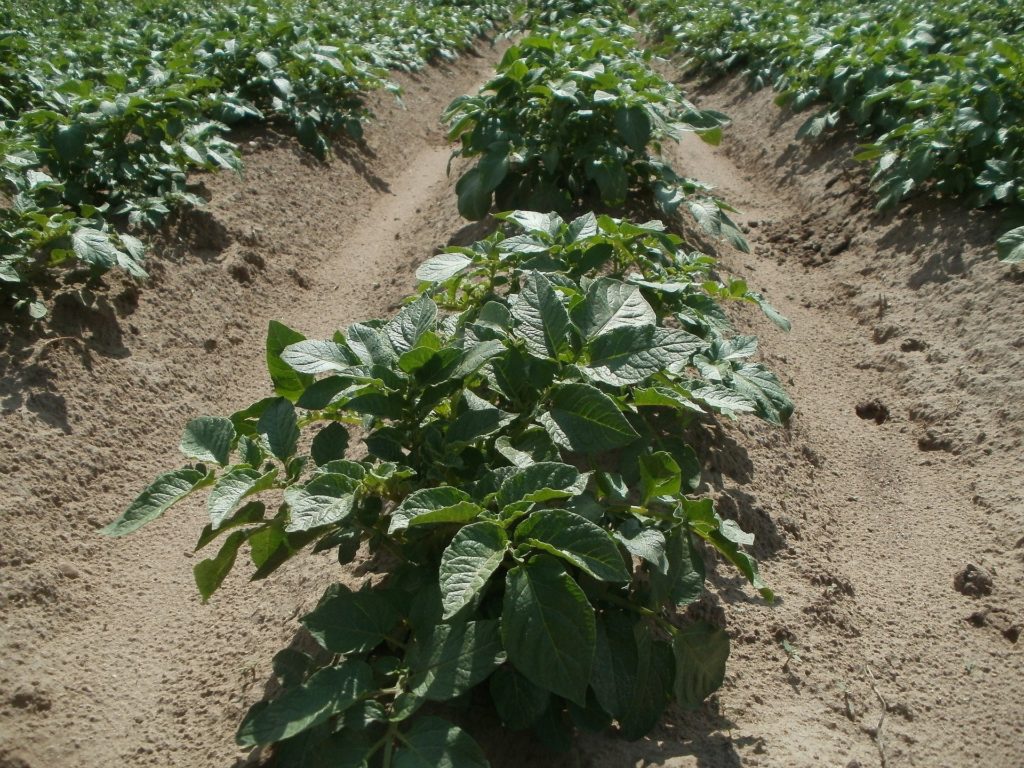
One of the top contenders for plants that do not play well with asparagus is potatoes. While both are staples in many vegetable gardens, they belong to different families and have different growth requirements. Potatoes thrive in more acidic soils, whereas asparagus prefers a slightly alkaline pH. Moreover, planting potatoes nearby can increase the risk of diseases such as blight, which can affect not only the potatoes but also the asparagus.
Another consideration is the competition for resources. Potatoes grow robust, sprawling foliage that can overshadow and stunt the growth of nearby asparagus. This can be particularly detrimental in the early stages of asparagus growth when young spears are emerging. Instead of potatoes, consider cultivating crops that have a more complementary growth habit to share the garden space harmoniously.
Carrots

Carrots are another popular garden vegetable, but they tend to clash with asparagus for several reasons. One major concern is that both prefer well-drained soils, but their growth habits can lead to competition. Asparagus can grow quite tall, potentially shading carrots as they strive for sunlight.
Additionally, carrots are a biennial plant that require two years to complete their life cycle, happening to overlap with the perennial nature of asparagus. Planting them together can confuse rotational planting strategies. Instead, consider opting for other root vegetables like beets or radishes, which do not have the same growth patterns and can be better companions for asparagus.
Onions
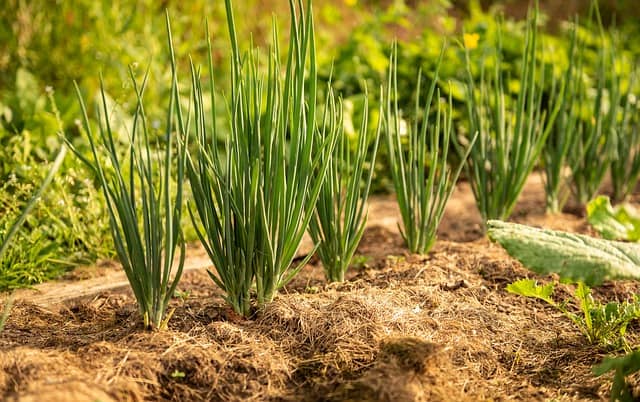
Onions are frequently found in home gardens for their culinary versatility, but they are not the best companions for asparagus. Both are heavy feeders that demand a great deal of nutrients from the soil. When planted together, onions can outcompete asparagus for essential minerals and nutrients, detrimentally affecting the overall health and yield of both crops.
Moreover, onions produce compounds called thiosulfates that can inhibit the growth of nearby plants. This natural defense system helps protect them from pests but can also hinder the growth of asparagus. Consider planting onions in a separate area of the garden to ensure that each plant can thrive without interference.
Garlic
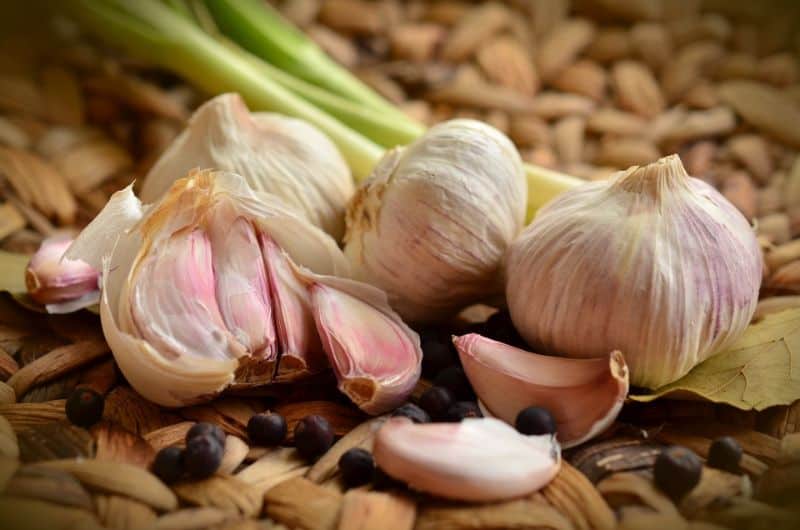
Garlic shares similar growing conditions with onions, and like its bulbous sibling, it is not a good neighbor for asparagus. There are some overlapping pest and disease issues; both garlic and asparagus can attract or be affected by certain pests, potentially leading to more significant infestations if they are grown in proximity.
Furthermore, garlic can release allelopathic chemicals into the soil, which can undermine the growth of asparagus. To maintain a healthy asparagus patch, plant garlic in a designated section of your garden, allowing it to flourish independently and avoiding competition with asparagus.
Leeks

Leeks, much like onions and garlic, are all part of the Allium family. While they are fantastic in the culinary world, they do not coexist well with asparagus. The primary issue lies in their shared nutrient requirements—their similar feeding patterns can lead to nutrient depletion in the soil.
Additionally, leeks take a significant amount of time to grow to full maturity and can take up space that would otherwise be allocated for asparagus. Given their slow growth, the leeks can also shade asparagus, obstructing their access to sunlight. For healthy and productive asparagus plants, segregate leek planting from asparagus production in your garden layout.
Tomatoes
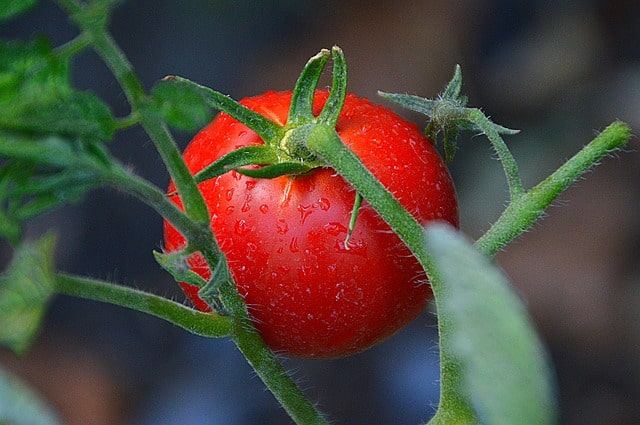
Tomatoes are another notorious crop that can cause headaches when grown alongside asparagus. Although they may not directly compete for the same nutrients, they are both susceptible to similar pests and diseases, such as the dreaded asparagus beetle and various fungal infections.
Moreover, tomatoes can grow quite large and bushy, shrouding young asparagus spears in shadow and limiting their growth potential. This lack of sunlight can significantly reduce the yield of asparagus and affect its overall vitality. It is best to plant tomatoes in a different section of your garden where they have room to grow without threatening the asparagus crop.
Mint
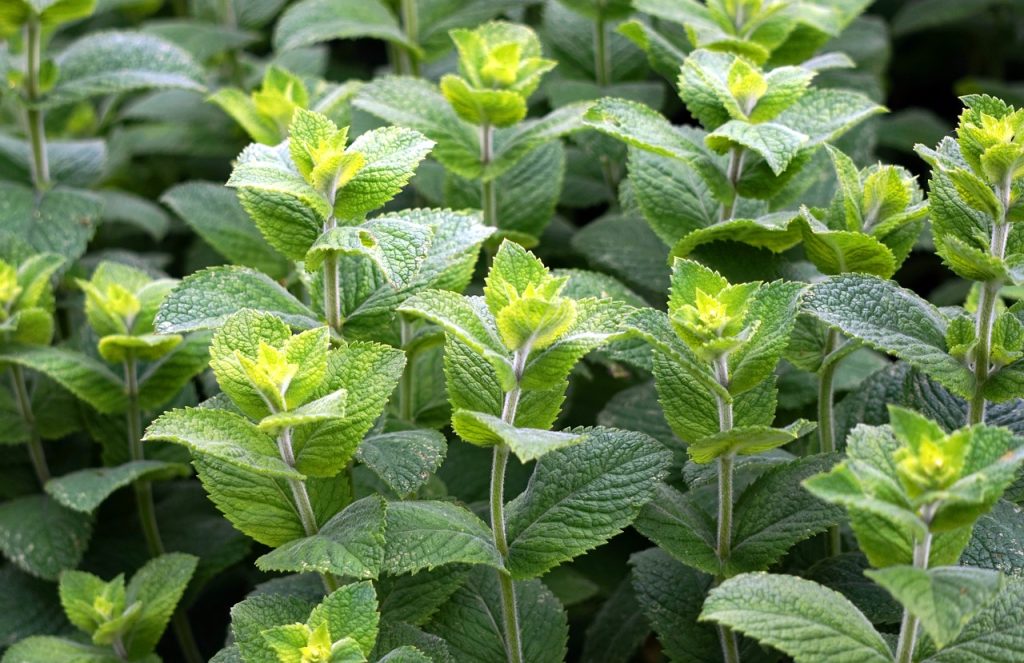
Mint is beloved for its aromatic properties and culinary uses, but it’s a plant that can quickly turn invasive. When planted too close to asparagus, mint can smother the vegetables you want to cultivate and compete aggressively for soil nutrients and water. Furthermore, the aggressive root system of mint can lead to soil imbalances that will detract from the asparagus’ health.
If you’re fond of growing mint, consider planting it in pots or using barriers to contain its roots, keeping it far from asparagus. This way, you can control mint’s vigorous growth while ensuring that your asparagus continues to flourish in a supportive environment.
Corn
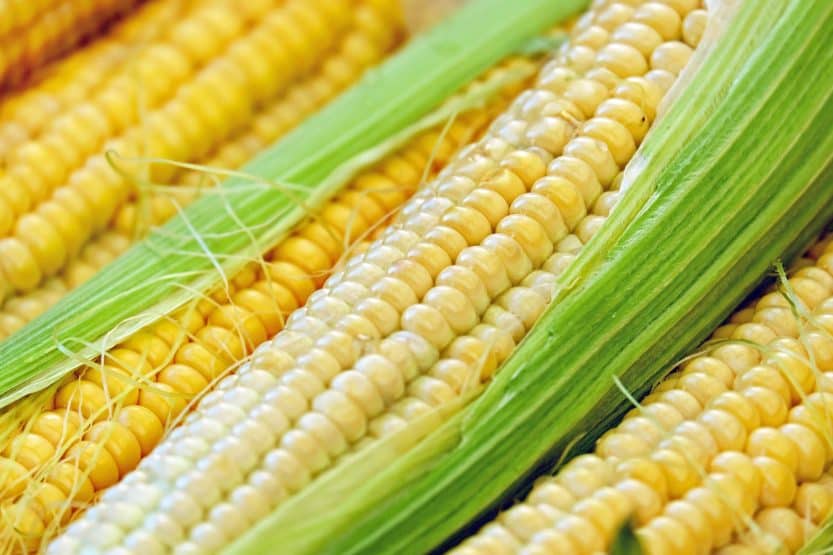
Corn and asparagus have a complicated relationship when it comes to gardening. While they might not directly compete for the same nutrients, the height and structure of corn can stifle the sunlight that asparagus desperately needs. As corn grows tall, it casts shade on shorter asparagus plants, impacting their growth significantly.
Additionally, corn is a heavy feeder and can use up important nutrients in the soil, leading to poor asparagus growth. Furthermore, corn can attract pests that are also drawn to asparagus, creating additional challenges. Instead, plant corn in separate rows where it can grow tall and proud without encroaching on the asparagus’ space.
Chives
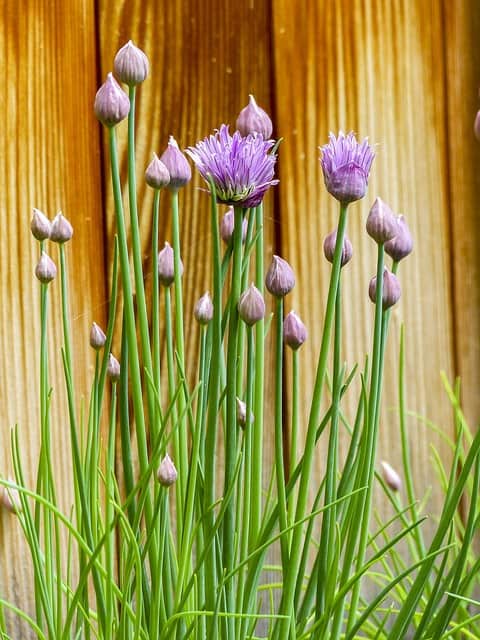
Chives share similar issues with other Allium family members. Though they may seem harmless, their competition for nutrients can create a tall hill of challenges for asparagus. Like garlic and onions, chives can release compounds into the soil that stifle growth in asparagus during its critical early stages.
Better companions for asparagus include companion plants that support healthy growth, such as marigolds, which can deter harmful aphids. Consider planting chives in a different herb section of your garden where they can grow without interfering with your asparagus crop.
Shallots
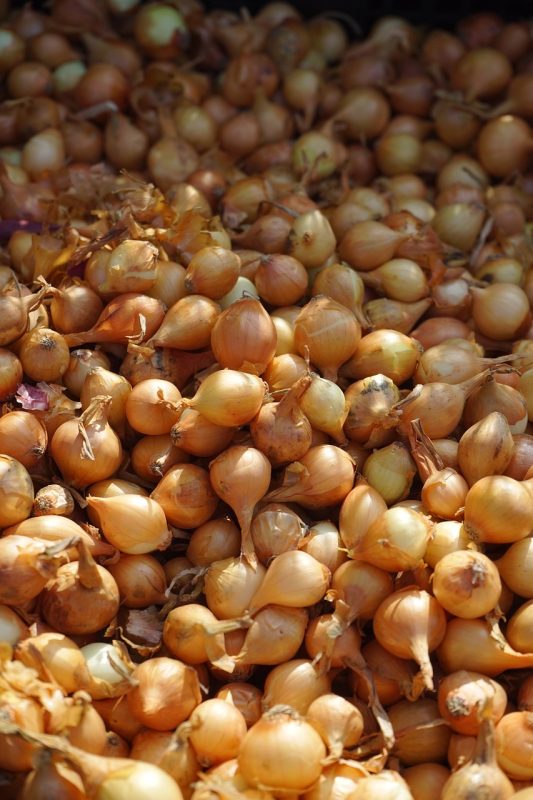
Lastly, we arrive at shallots, which are closely related to garlic and onions. They pose a similar threat through competitive nutrient uptake and chemical release. This makes them a less than ideal companion plant for asparagus which needs all the resources available to thrive.
In addition, shallots and asparagus have different watering needs, with shallots potentially requiring more moisture than the established asparagus plants. To ensure that both plants do not hinder each other’s growth, it’s wise to keep shallots separate from asparagus crops and cultivate them in a more favorable location.


